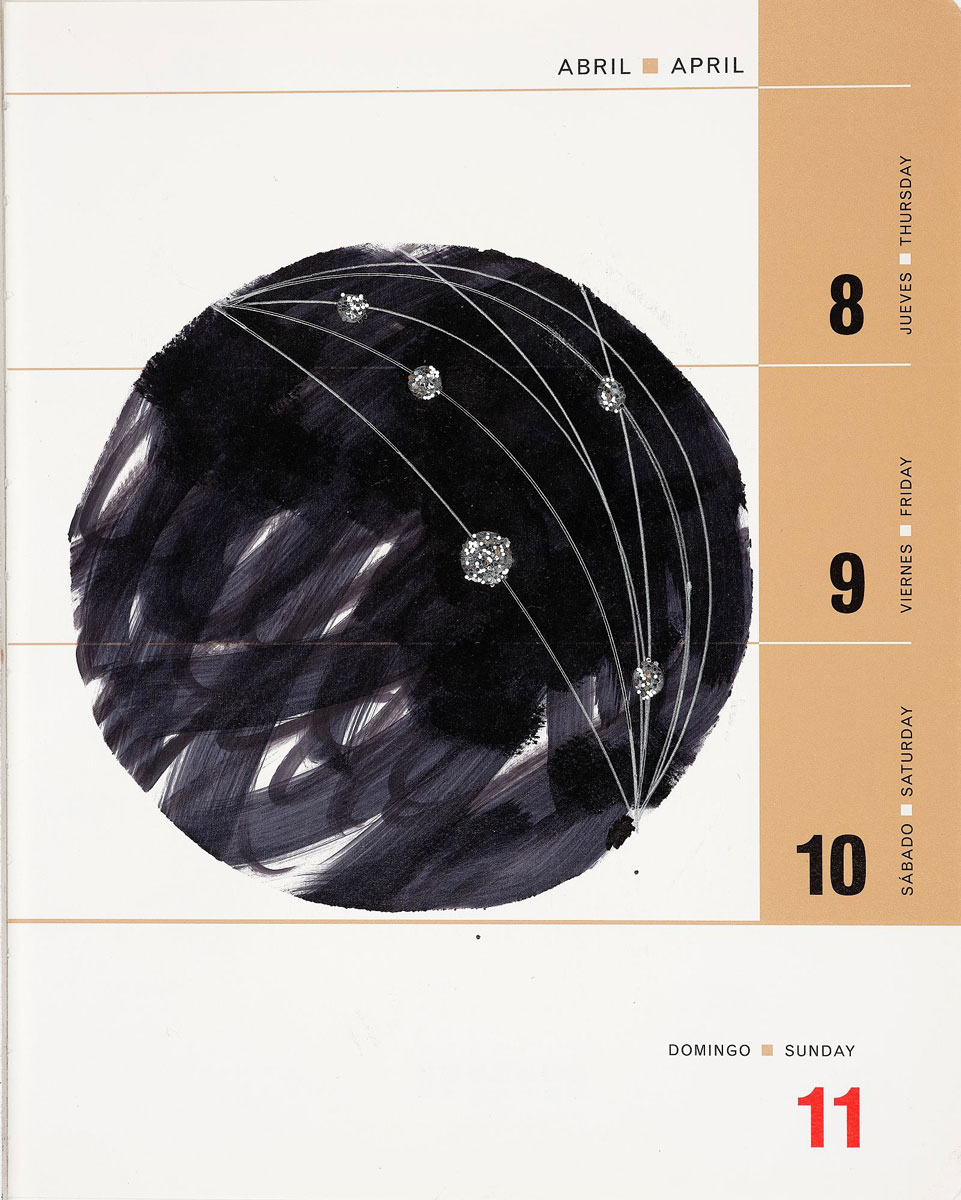Mircea Stănescu
Works

Mircea Stănescu uses his personal experience and visual logic to produce a literally reflexive and contemplative art. The poetic works, with humanist – existentialist accents, have imposed the artist a game with the unknown memory and the radicality of time, a context in which he has chosen artistic isolation. In more recent years, the artistic approach has moved into the studio and the author has become preoccupied with autobiographical representations, based on very personal criteria, associated with intuitive decisions. In the studio, the artist accepts fragile, ephemeral, but familiar typologies, like the shadow, the mirror, the smoke, the memory or the limit.
CV
Born in 1954, Ploiești, lives and works in Sibiu (RO)
STUDIES
1979
University of Arts, Bucharest (RO)
PRIZES AND RESIDENCIES
1996
Residency – La Napoule Art Foundation, Mandelieu-La Napoule (FR)
1994
Residency – KulturKontakt, Horn (AT)
1993
Residency – The Fabric Workshop, Philadelphia, Pennsylvania (USA)
1990
Prize of Young Art from Eastern Europe, Rotterdam (NL)
SELECTED EXHIBITIONS
2023
‘The Signs for Somewhere and Elsewhere and Here and Now’, Gaep, Bucharest (RO)
2021
‘Insula clandestină/The Illicit Island’ (solo show), National Museum of Contemporary Art – MNAC, Bucharest (RO)
‘The Domino Effect 2’, Gaep, Bucharest (RO)
‘Meditation upon Measure’ (solo show), Gaep, Bucharest (RO)
‘PULS 20’, Kunsthalle Bega, Timișoara (RO)
‘Crossing the Same Circumstances’, Kommunale Galerie Berlin (DE)
2020
‘The Domino Effect’, Gaep, Bucharest (RO)
‘12 Years After. A Survey of Romanian Art in 180 Works’, MNAC – National Museum of Contemporary Art, Bucharest (RO)
2017
‘Seeing Ourselves Sensing’, Gaep (formerly EASTWARDS PROSPECTUS), Bucharest (RO)
‘Life a User’s Manual: Art Encounters Biennial’, Timișoara (RO)
2016
‘A Matter of Contemplation and Discontent. Art in Romania, 1980s-1990s’, Jorge B. Vargas Museum, University of the Philippines Diliman, Manila (PH)
2015
‘Abstract Matters’ (solo show), Gaep (formerly EASTWARDS PROSPECTUS), Bucharest (RO)
2010
‘You Ask for It’, The Contemporary Art Gallery of the Brukenthal Museum, Sibiu (RO)
2002
‘Office Wall’, MDF/Monat de Foto, Christine König Gallery, Vienna (AT)
1999
‘Tinsel and Paper’, Brewery Project, Los Angeles, California (USA)
‘Esprit de Finesse (+)(-)’, Brukenthal Museum, Sibiu (RO)
1998
‘Umgekehrte’, The Art Museum, Cluj (RO)
1992
Drawing Triennale, Wroclaw (PL)

















































